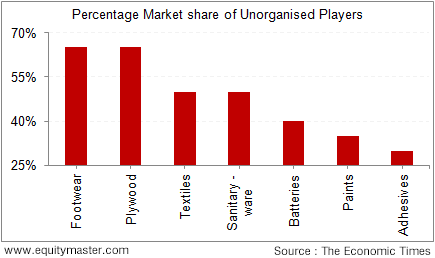After opening the day flat, share markets in India witnessed choppy trades and are presently trading below the dotted line. All sectoral indices are trading in red, with stocks in the metal sector and stocks in the PSU sector leading the losses.
The BSE Sensex is down up by 145 points (down 0.4%) and the NSE Nifty is trading down by 53 points (down 0.5%). Meanwhile, the BSE Mid Cap index is trading down by 0.6%, while the BSE Small Cap index is trading down by 0.2%. The rupee is trading at 64.46 to the US$.
In news from the GST space. In an effort to help revive exports, the government announced a series of steps to revive exports amid disruptions to supply chains arising from the implementation of the goods and services tax (GST).
Fresh export incentives to labor intensive sectors and services that will cost the exchequer Rs 84.5 billion annually were announced as part of a mid-term review of foreign trade policy for 2015-2020.
Also announced were a series of steps to improve the ease of doing business for exporters by cutting red tape and automating more processes.
The government plans to pursue a two-pronged strategy. In the short run, it is offering sops to exporters, while in the long run, it is looking to improve the competitiveness of Indian exports by raising productivity of exporters, especially in the supply chain through the implementation of GST and improving the ease of doing business.
These measures are expected to benefit sectors including leather, readymade garments, handcrafted carpets, agriculture, telecom and hotels, and restaurants.
Sectors That May Benefit the Most from GST

The Goods and Service Tax (GST) is one of the key reforms that will bring about a structural change in the economy. The implementation of the same is bound to bring more companies under the new tax regime, thus providing a level playing field to organized players forming part of sectors having a high proportion of the unorganized segment.













Leave A Comment